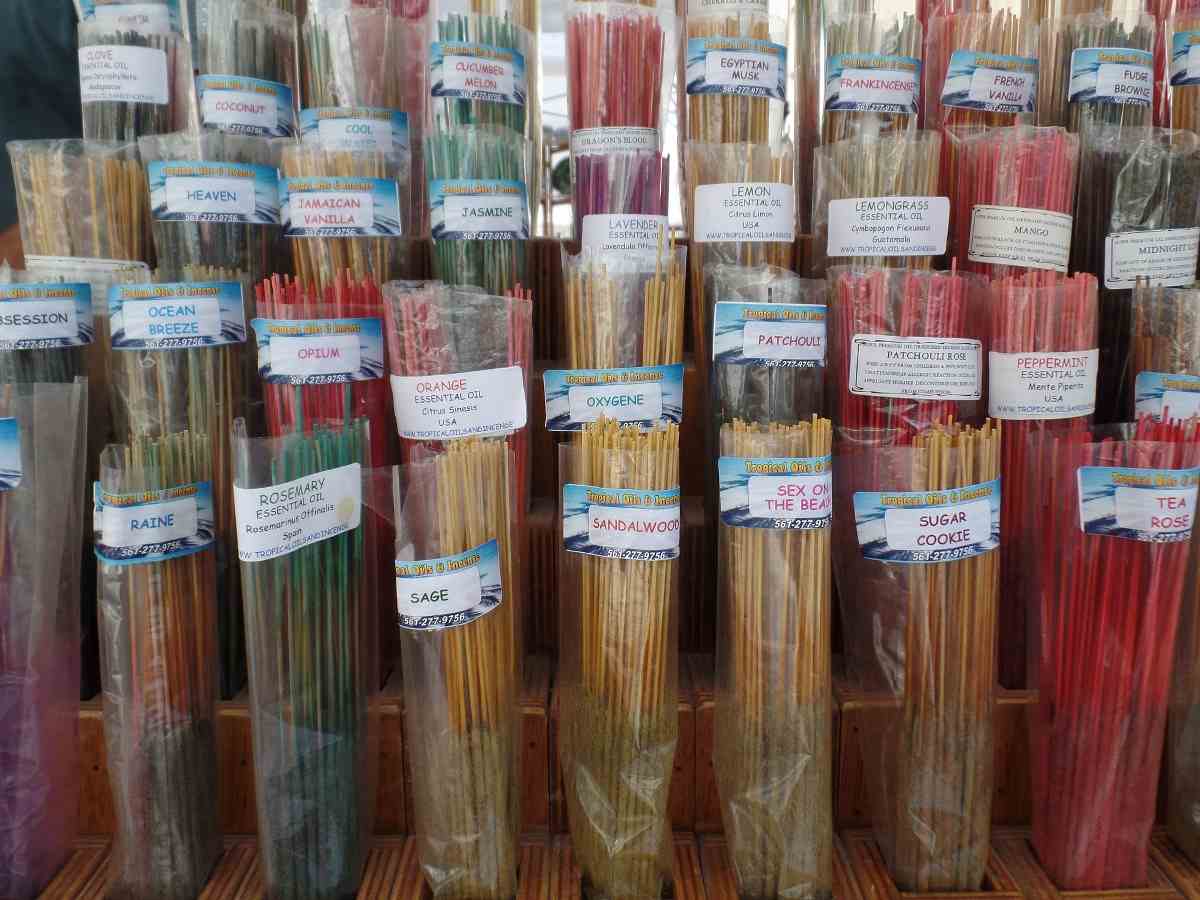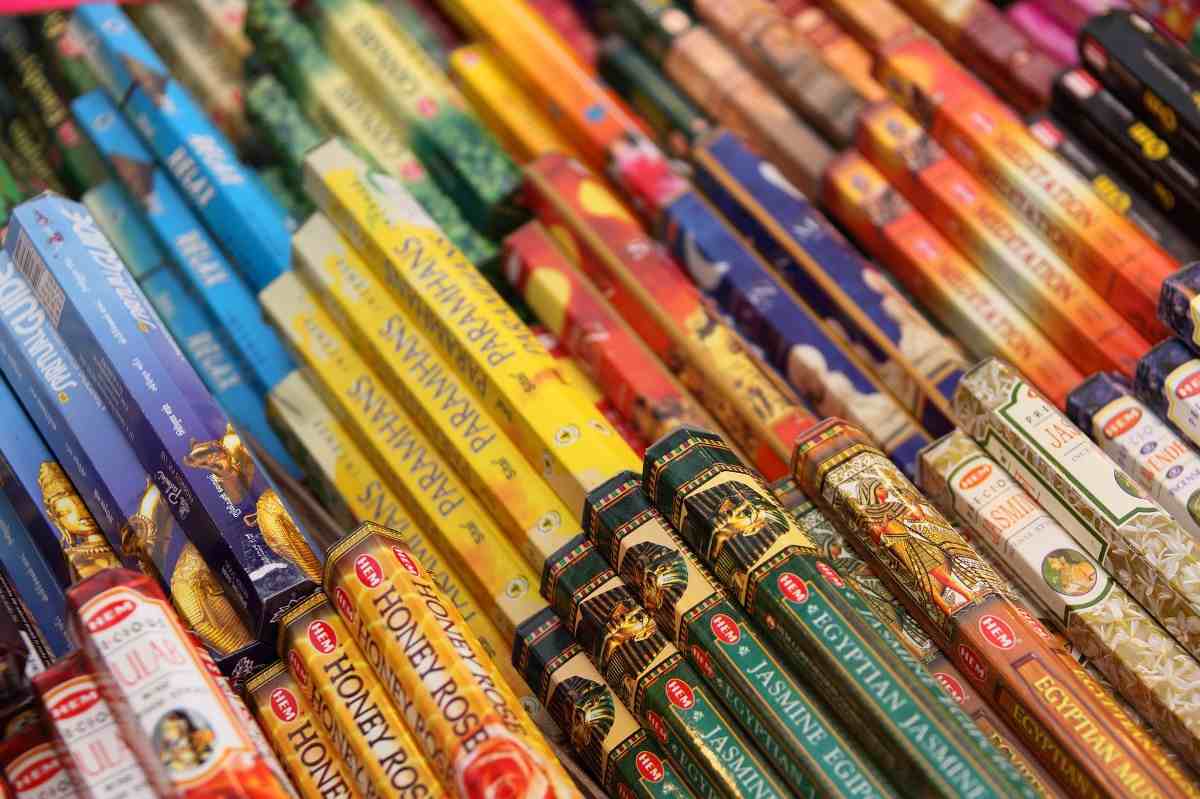Agarbatti Project Report and Business Plan in India
Introduction
Hello friends, today we are here with a new topic of “Agarbatti Project Report and Business Plan in India“. The burning of incense during religious rituals and social events has been there in India for years. Dhup an aromatic powder or paste is burnt in Indian homes for fragrance and is anticipated to possess insecticide and antiseptic characteristics. Agarbatti also is famous, as Udubattis similar to joss sticks are an expansion of Dhup.
Agarbatties are available in different colors and with diverse fragrances. The burning time of an Agarbatti differs from 15 minutes to some hours depending on the quality and size. Agarbatti is also attainable in other forms for instance dashing (sticky paste or as powder deep cones and as Dhup, some tablets, etc.).
Around 75% of the Agarbaties manufactured are of cheap quality comprising only charcoal powder or low-quality sandalwood powder that includes around 50% of wood gum powder. In superior brands, purified resins, essential oils, natural fixatives such as amber, must and civet is employed along with synthetic aromatics. Absolutes are present in the costlier varieties.
A step-by-step guide to Agarbatti Project Report and Business Plan

Market potential of Agarbatti making business
Agarbatties are used by most people in India, Sri Lanka, Burma, and by Indians staying in foreign countries. As of today, about 90 foreign countries have these Agarbatties.
Agarbatti industry is one of the labor-intensive cottage-based industries in India and Karnataka leads in this sector, chiefly being Mysore and Bengaluru.
In Orissa different social organizations like Gayatri Ashram, Aurobindo Ashram, are manufacturing typical fragrant Agarbatties. Parimal Agarbatti, Suravi, Berhampur, Susree, Indica, are very prevalent in the Orissa market. Still, 70% of the total sale of the products come is availed from South India. More and more cottage-based industries are growing in small towns and villages of the state to meet the growing local demand. The raw materials are nowadays obtained from Cuttack, Bhubaneswar, and as well in Calcutta. Rolled sticks are nowadays sold by some agents and can be purchased at the doorstep. The only essential is to be made and must concentrate about product marketing.
License, permissions, and registrations required to start Agarbatti making business in India
The licenses needed to set up a Agarbatti making business are:
- Factory license
- NOC by the state pollution control board
- Udyog Aadhaar under MSME registration
- SSI registration
- GST registration
- PAN, Aadhar card, and bank details
Basis and presumption of Agarbatti making business
1. Eight hours per day and 25 days monthly are required for preparing the project.
2. Rolled sticks are bought directly and then essence is carried out.
3. 12% Interest is taken into consideration.
4. Minimum labor charges have been considered for this project preparation.
5. The unit will be endorsed under the KVIB REGP policy.
Implementation schedule of Agarbatti making business
1. Project profile creation and 1 month for registration.
2. Availability of capital in 3 months
3. Building the shed in 2 months
4. Raw material obtained in 1 month
5. Appointment of staff and test operation run in 1 month
Technical aspects of Agarbatti making business
Process summary: There are mainly two kinds of agarbatties manufactured:
Dipped varieties or perfumed Agarbatties,
Masala batties.
1. Dipped Agarbatties:
Powders of Charcoal, White chips, Gigatu, etc. are mixed with water to get a semisolid paste. This composition is placed on a wooden plank and applied to sticks by manual rolling. Then raw sticks are dipped in an appropriate perfumery compound diluted with white oil or other chemicals like diethyl phthalate (D.E.P) and then dried for packing.
2. Masala Agarbatties:
The powder of Charcoal, Gigatu, White chips, Indigenous herbs, Resin, etc. are mixed along with perfumery compounds comprising the aromatic chemicals, essential oils, purified resins, and natural fixative like Civet, musk, etc. to form a semi-solid paste with the required amount of water. This compound is applied to bamboo sticks using a hand-rolling process and dried.
The finished Agarbatti sticks are bundled either based on the number or according to weight and wrapped in moisture resisting cellophane paper or butter papers and then packed in a printed carton which again is wrapped in clear cellophane paper.
A typical composition for Masala batties is as under:
- White chips 40%
- Gigatu 20%
- Charcoal 20%
- Aromatic chemicals, Essential oil, Other ingredients 20%
The components can be altered according to the requirement.
The process of manufacture of Agarbatti is done simply and almost all processes are same and changes can be done based on the final product needed.
Agarbatti Project Report for 1000 pkts./10,000 sticks
In case if you miss this: How To Start A Tea Bag Making Business.

1. Charcoal 6 kg.
2. Gigatu 4.8 kg.
3. White chips powder 2 kg.
4. Sandal wood powder 1 kg
5. Bamboo sticks 6 kgs.
6. Kuppam dust 2 kg.
7. Perfumes 1.5 kg.
8. D.E.P. 5 kgs.
Quality control
As per customer’s specification/local demand.
Financial aspects of Agarbatti making business
Land and building:
Land: 5000 sq. ft. Own.
Shed: 500-sq. ft. Own
Plant and machinery required for Agarbatti making business
1. Aluminium trays 5’x5′ 4 nos. = Rs. 3,000/-
2. Wooden planks 5’x5′ 4 nos. = Rs. 2,000/-
3. Heat sealing machine 2 nos. 1000/-
4. Sprayer 4 nos. 500/-
5. Weighing balance platform type 1 no. = Rs. 2,000/-
6. Plastic Buckets, jug, and
Other containers 4 each 500/-
7. Bag stitching machine 1 no. = Rs. 1,000/-
8. HDPE container for storing & mixing
Of chemicals 4 nos. = Rs. 2,000/-
9. Working table for packing 2 nos. = Rs 3,000/-
10. Office furniture, etc. = Rs. 5,000/-
11. Installation charges & misc. L.S. = Rs. 2,000/-
Fixed Capital:
Machinery and equipment = Rs.22,000
Other exp. = Rs. 8,000
Total = Rs. 30,000/-
B. STAFF AND LABOUR P.M.
1. Salesman 1 no. = Rs. 3,000
2. Skilled labour 2 no. = Rs. 4,000
3. Unskilled labour 4 nos. = Rs. 4,000
4. Accountant cum storekeeper 1 no. = Rs. 2,500
So, total is Rs. 13,500
C. UTILITY:
1. Electricity 500
2. Water 100
So, total is Rs. 600.
D. Other expenditure
1. Travel 1500
2. Telephone charges 300
3. Sale tips/Advt. 2000
4. Taxes 200
5. Other misc. exp. 1000
So, total is 5,000
Working capital P.M.
A + B + C + D = Rs. 61,300/-
Total capital investment
Fixed capital 30,000
Working capital for 1 months 61,300
Total Investment required is Rs. 91,300/-
Cost of production per annum:
1. Dep. on machinery and equipt.@ 10% 2,000
2. Interest @ 12% 10,956
3. Total recurring expr. 7,35,600
So, total is 7,48,556
Turnover (p.a): 1,20,000 pkts. @ Rs.6.50 7,80,000
PROFIT: Rs. 7,80,000- Rs 7,48,556= Rs. 31,444/-
Net profit ratio: Profit x 100 =4% Turnover
Rate of return: Profit x 100 = 34.4% Invt.
Break even analysis of Agarbatti making business
Fixed Cost
Depreciation of Machinery and Furniture @ 10% = Rs. 2,000
Interest @ 12% = Rs 10,956
40% of Salary = Rs .64,800
40% of other expenditure = Rs 27,840
Total = Rs. 1,05,596
Break Even Point = Fixed Cost x 100 / Fixed Cost + Profit = 77%
Target consumers for your Agarbatti business
The consumers for the Agarbatti/incense sticks utilize for different purposes so accordingly the target market for the Agarbatti market is mentioned below:
- Religious places: Many religious and holy places make use of Agarbatti which are dominantly having sandalwood fragrance as a part of their respective rites.
- Meditational and retreat centers: Your Agarbatti making business can also cater its product to the Ayurvedic and meditational places that make use of them as a part of a healing process for patients.
- Spas and massage centers: Agarbatti manufactured by you is also be is employed by spas and massage centers as a part of aromatherapy and to refresh the mood.
- Among elders and old aged population: The Agarbatti made is also useful for the elders and old aged people who have a busy and are prone to a nerve-wracking life. Agarbatti is used for curing headaches, comforting the mood, etc.
- Resorts/hotels: They use Agarbatti as an add-on to the room fresheners and scents to impart a pure, natural, and authentic Indian setup.
Marketing strategies for promoting your Agarbatti business
The marketing strategy for Agarbatti comprises focus on developing: Advertisements endorse the quality, smell, and the period for which a Agarbatti lasts in-household set up. It can come up with sales promotional measures such as buy one get one free offer, etc. at affordable rates.
Growth of your business
The Agarbatti industry’s growth has been increasing similar to its fragrance:
- The Indian Agarbatti market has a CAGR above 6% per year.
- India has been distributing Agarbatti to about 160 countries out of which the USA holds for $11.3 million imports, Nigeria at $5.85 million, and UAE at $6.23 million
- The demand for Agarbatti has been increasing since FY 2009 contributing to its growth in terms of fragrances such as chocolate, apple, and also in terms of shapes: Coils and sticks, etc.
Suggestions for making your business a successful one
We can add some of the interesting features of those Agarbatti business that will aid you to decide whether or not to start a Agarbatti making business:
- Firstly, Agarbatti are mass-produced using bamboo sticks and certain fragrance augmenting elements so it has nominal investment and reasonable earnings
- Secondly, the consumer base for an Agarbatti is everlasting and growing because of the religious sentimentalities held by the Indian people.
Finally, because of its affordability, diversity, and authenticity, the demand for Agarbatti has been internationally made.
- Handicraft Making at Home: A Small Profitable Business Idea
- Pet-Tech Startups: Innovations for Animal Lovers
- Tech Repair Services: Meeting the Demand for Gadget Maintenance
- Maximizing Rewards: Smart Credit Card Habits for Cashback and Points
- Ultimate Guide to Making Money from Goat Milk Business
- How to Start an Agricultural Value Added Product Business
- Value-Added Business Ideas for Greenhouse: The Best Ways to Make Profits with Greenhouse Farming
- How to Make Profits with Organic Country Chicken: Best Strategies for Beginners
- 10 Value-added Business Ideas for Millets: Low-investment and Highly Profitable
- Why Cleaning Service Business Becoming More Profitable in Metro Cities in India
- 10 Best Businesses to Start in Ayodhya for Profits
- Top Drone Business Ideas in India: Unlocking Aerial Innovation & Opportunities
- Top 10 Service Businesses You Can Start with No Money
- Ultimate Guide to Starting a Home-Based Advertising Agency Business
- Starting a Nail Salon Near Your Location: Check List, Business Plan, Licensing, and Opening Instructions
- Construction Company Name Ideas: Guide to Create New Construction Company Names
- 8 Best Small Businesses to Start in Hyderabad: Low-Cost and Profitable
- 10 Best Small Businesses to Start in Massachusetts: Low-Cost and Profitable
Overall view of the project for Agarbatti Project is quite clear with almost all basics.
WE are looking forward to go ahead if we get more informatio on advisory basis.
WE wish to take up this project on bigger scale .
Can we look forward to your assistance.